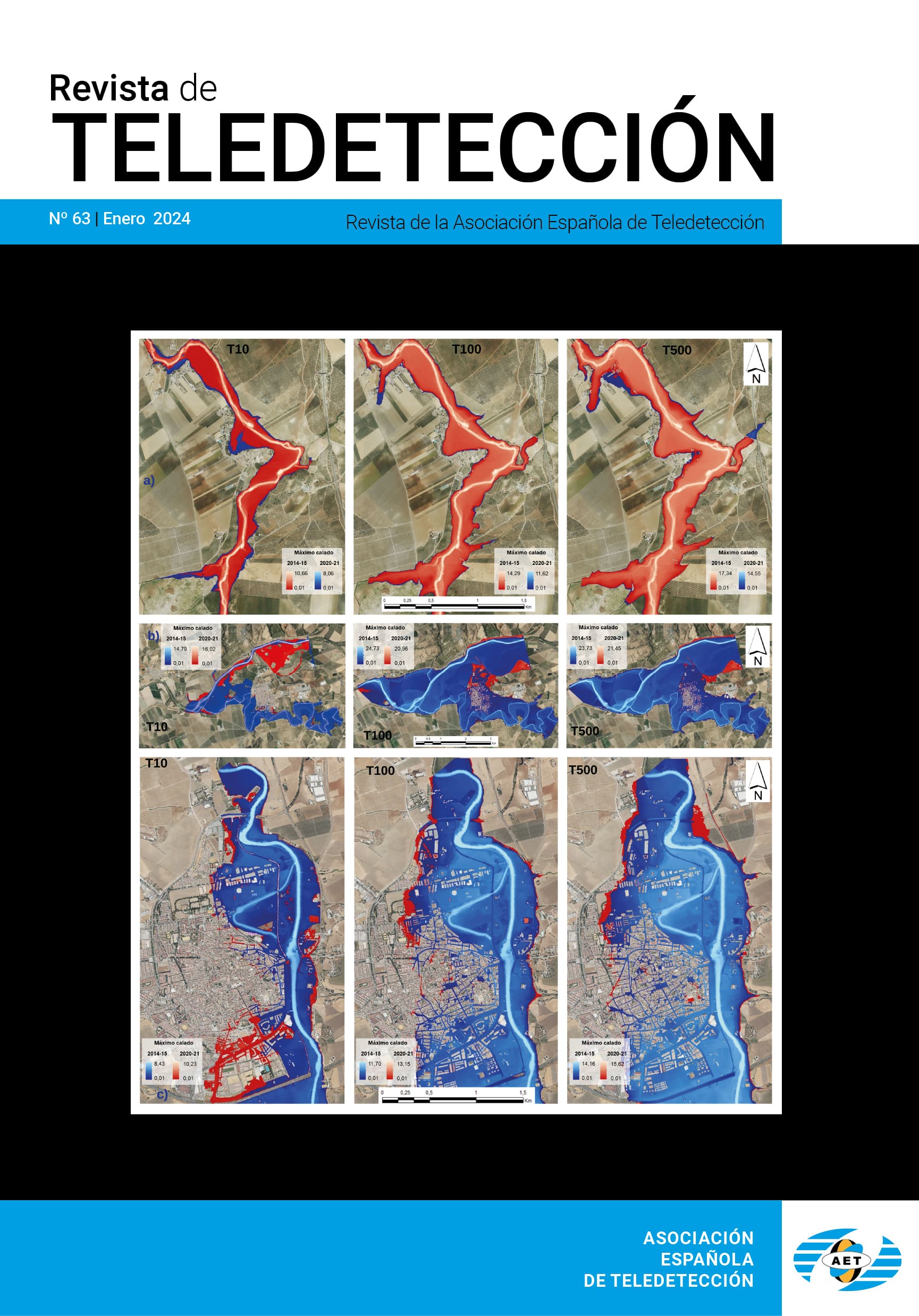Estudio por teledetección de la dinámica del glaciar de Bahía Falsa Isla Livingston (Antártida)
J.Corbera, J.Calvet, V.Palá
RESUMEN
El objetivo de este artículo es analizar las fluctuaciones del glaciar de Bahía Falsa, en la Isla Livingston (Antártida). Las fluctuaciones han sido evaluadas en los intervalos de tiempo comprendidos entre 1956-86 y 1986-91, utilizando las fotografías aéreas de la zona tomadas en 1956 y 1986, así como las imágenes tomadas por el satélite Landsat-MSS en 1986 y Spot en 1991. Con la finalidad de comprender el comportamiento en el tiempo de dicho sistema glaciar, hemos analizado utilizando técnicas de Fourier, las características del campo de grietas de la zona terminal en los años 1956 y 1986; también hemos calculado el adelgazamiento entre dichos años del glaciar utilizando métodos fotogramétricos, así como el ritmo de las fluctuaciones en los periodos 1956-86 y 1986-91. A partir de los datos proporcionados, podemos concluir que se ha observado un importante retroceso y adelgazamiento del glaciar a estudio, así como un cambio en la dinámica del flujo del hielo, tal y como se refleja en el cambio en posición de la morrena central y de orientación del campo de grietas.
PALABRAS CLAVE: Casquete glaciar, Teledetección, Antártida.
ABSTRACT
The aim of this paper is to analize the ice cap fluctuations in False Bay, Livingston Island (Antarctica). it has been evaluated in two time intervals, 1956-86 and 1986-91 by using aerial photographs taken in 1956 and 1986, and satellite images taken by Landsat-MSS in 1986 and Spot in 1991.In order to understand the behavior of the glacier system, we have analized the system of crevasses over the terminal zone of the glacier in 1956 and 1986 by using Fourier techniques, the thinning of the glacier using photogrammetric models, and also the rate of these fluctuations in the periods 1956-86 and 1986-91. Thanks to these methods we have observed a very important retreat and thinning of the glacier and also a change of ice flow as a change of position of the central morreine and orientation of the crevasses.
KEY WORDS: lee cap, Remote Sensing, Antarctica
PULSE AQUI PARA DESCARGAR EL ARTÍCULO COMPLETO.








